Skeletal Muscle Terms Kins255
1/41
There's no tags or description
Looks like no tags are added yet.
Name | Mastery | Learn | Test | Matching | Spaced |
|---|
No study sessions yet.
42 Terms
Sternocleidomastoid. bend/turn/twist your head and neck
muscle and function
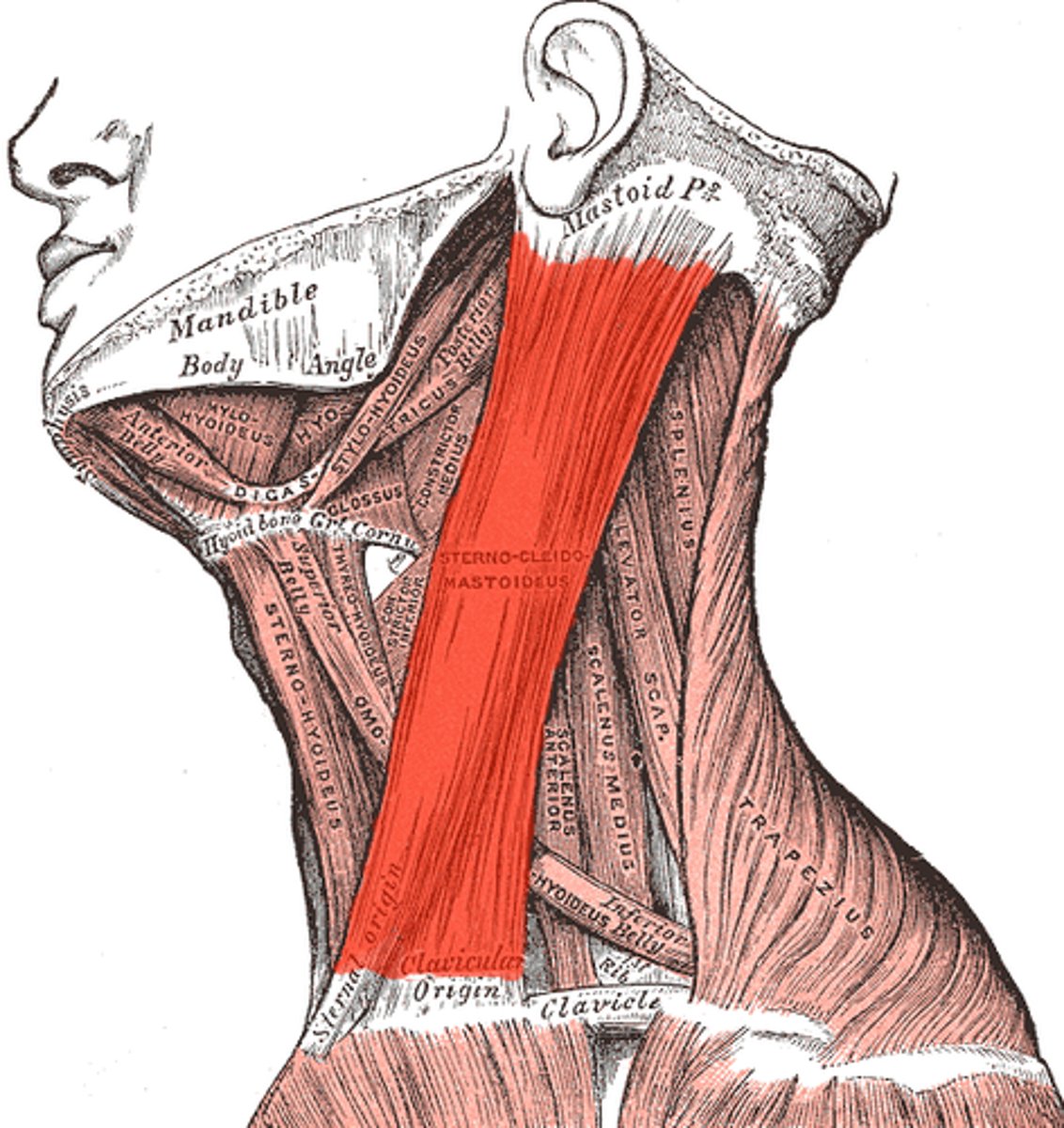
scalene (3 of them). Elevate 1st and 2nd rib for breathing, also neck flexation
muscle and function

trapezius. moving, rotating, and elevating (shrugging) the scapula
muscle and function
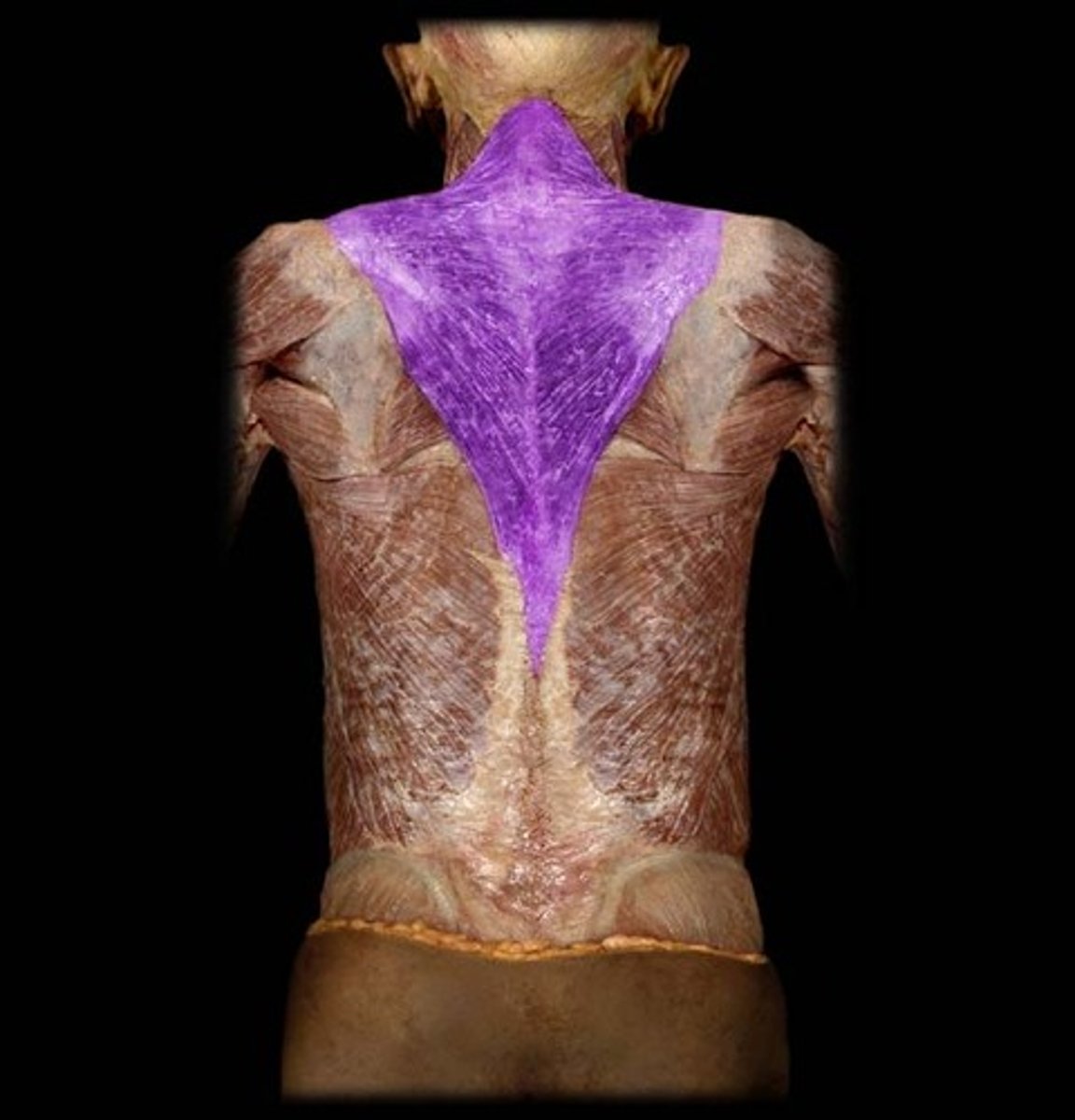
obicularis oris. controls lip movement
muscle and function
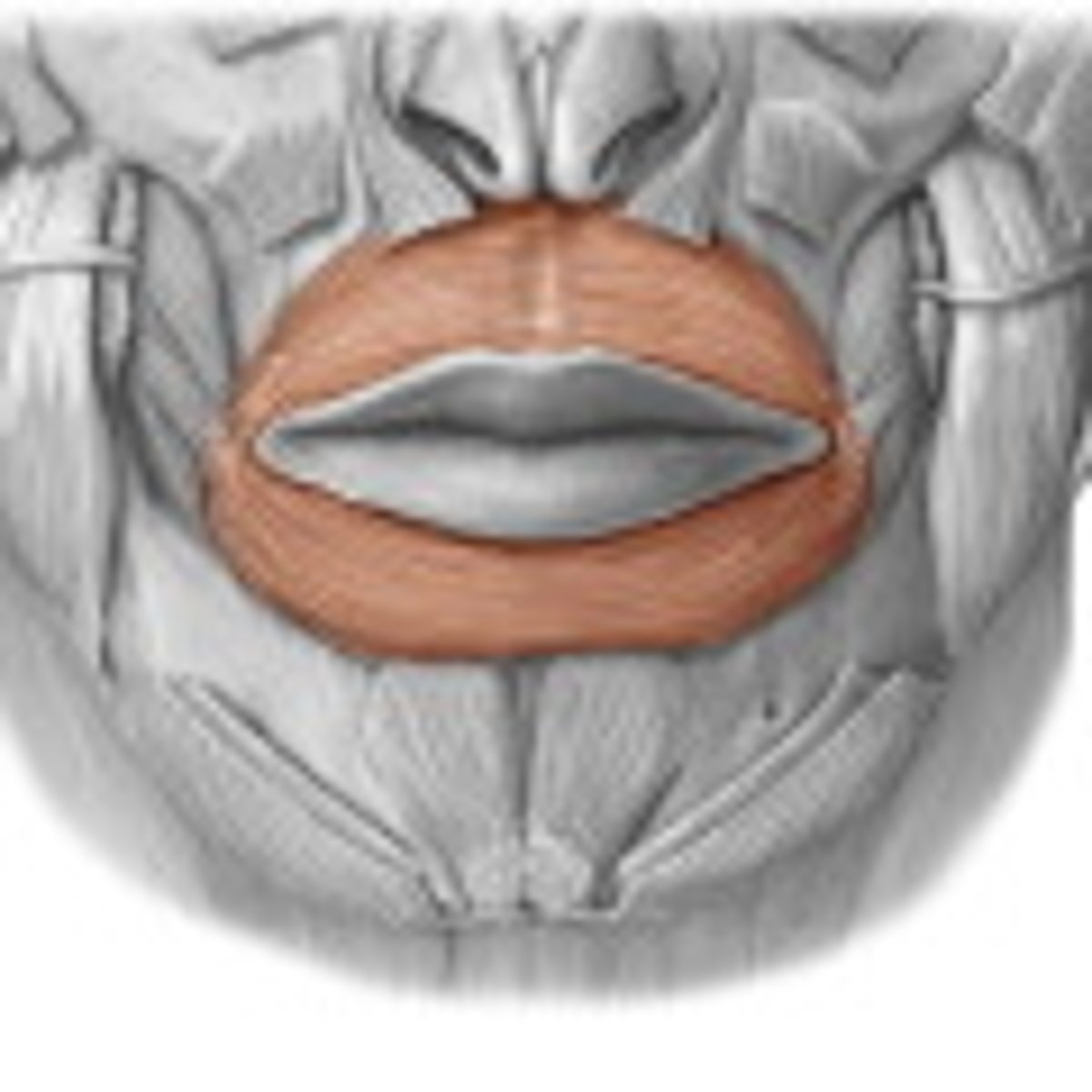
obicularis oculi. controls movement of eyelids
muscle and function
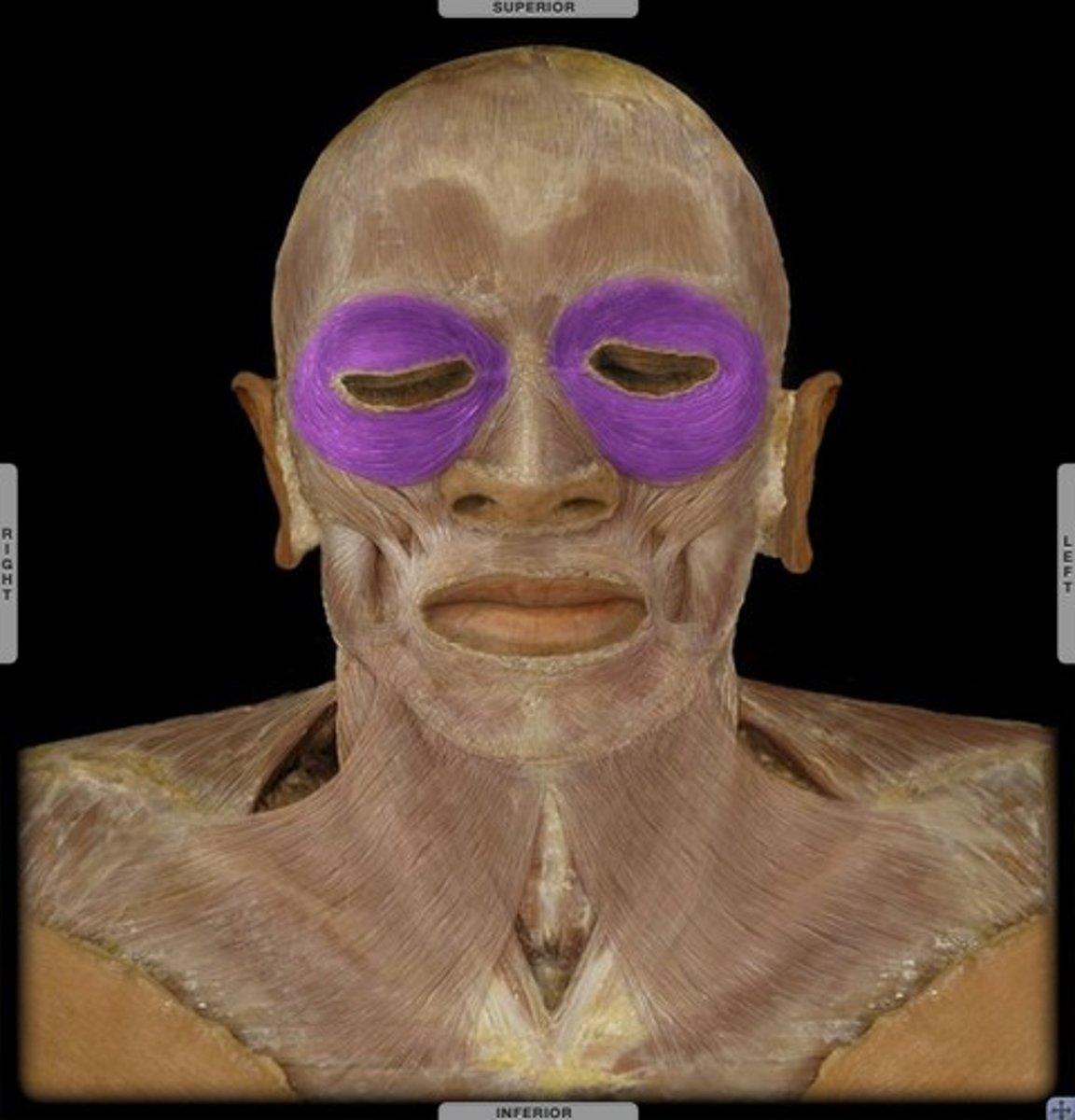
erector spinae. mainting posture and helping with movement.
muscle grouping and function
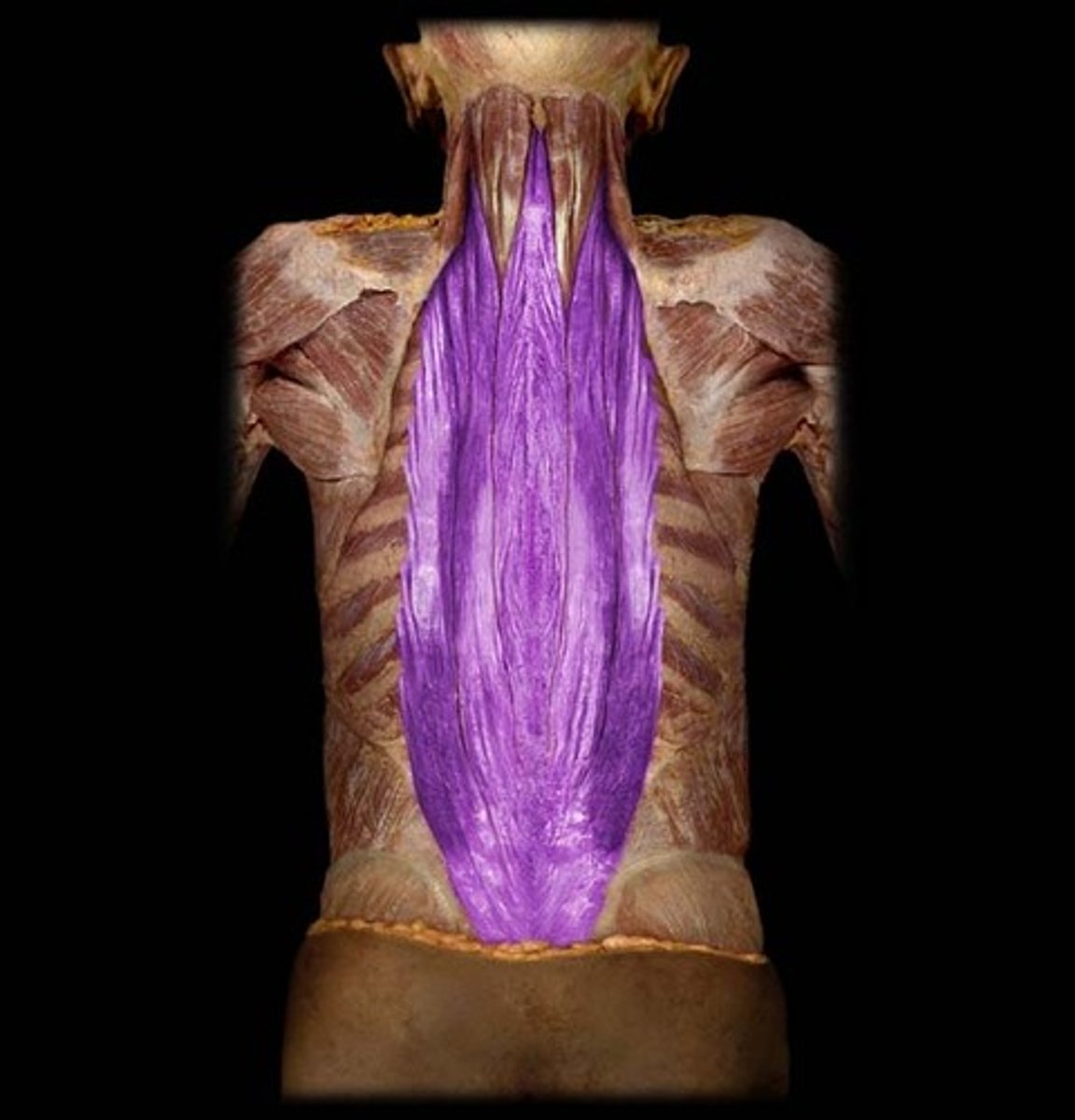
Diaphragm. contracts and expands to allow breathing
muscle and function

External intercostals. Elevates the ribcage to allow lungs to take in air
muscle and function
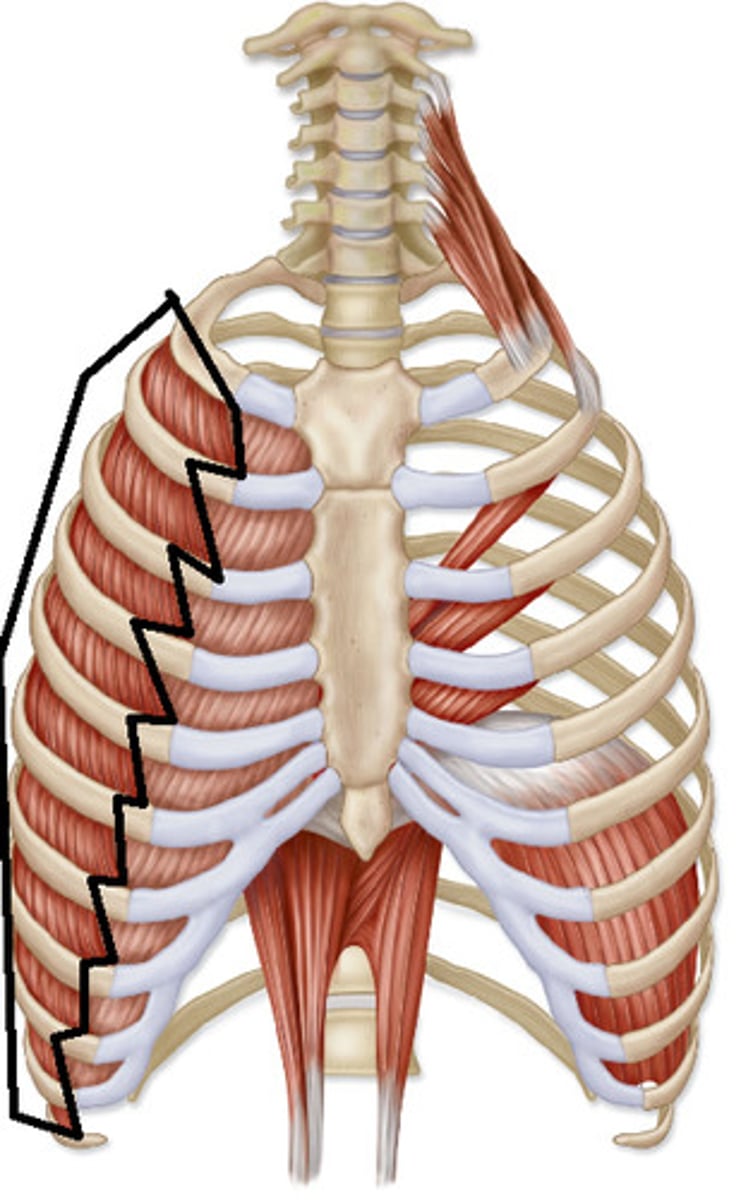
internal intercostals. Pulls ribs downwards for exhalation of air
muscle and function
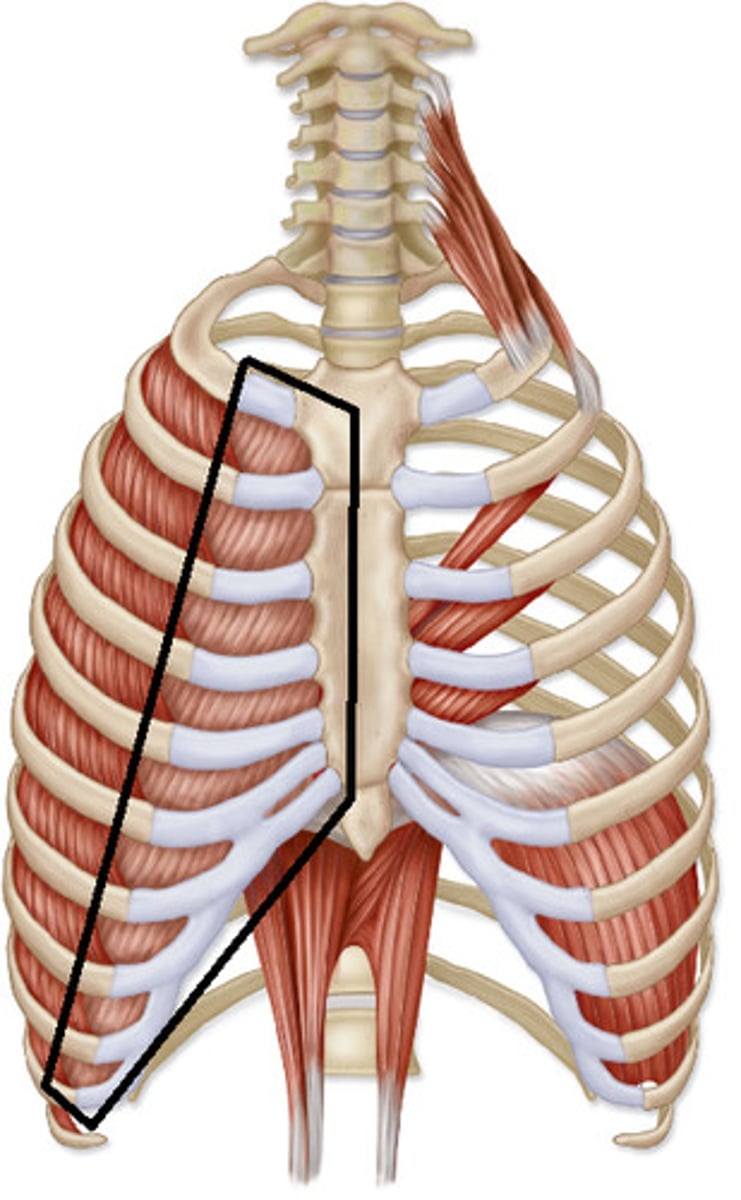
transverse thoracis. Depresses ribs for exhalation of air
muscle and function

external oblique. Contributes to movement like bending or twisting torso
muscle and function
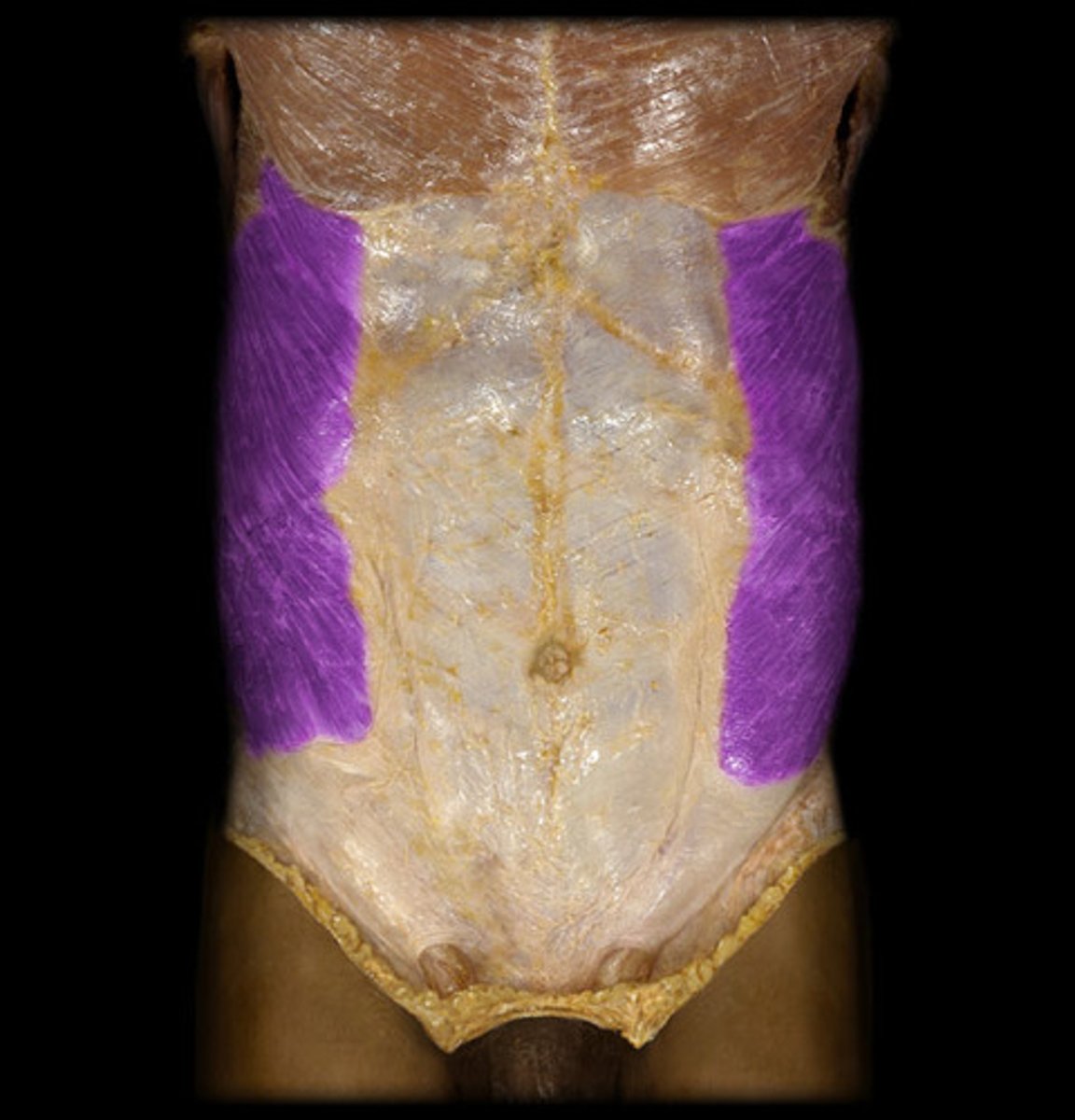
internal oblique. trunk rotation and lateral flexion, stabilizes pelvis during movement
muscle and function
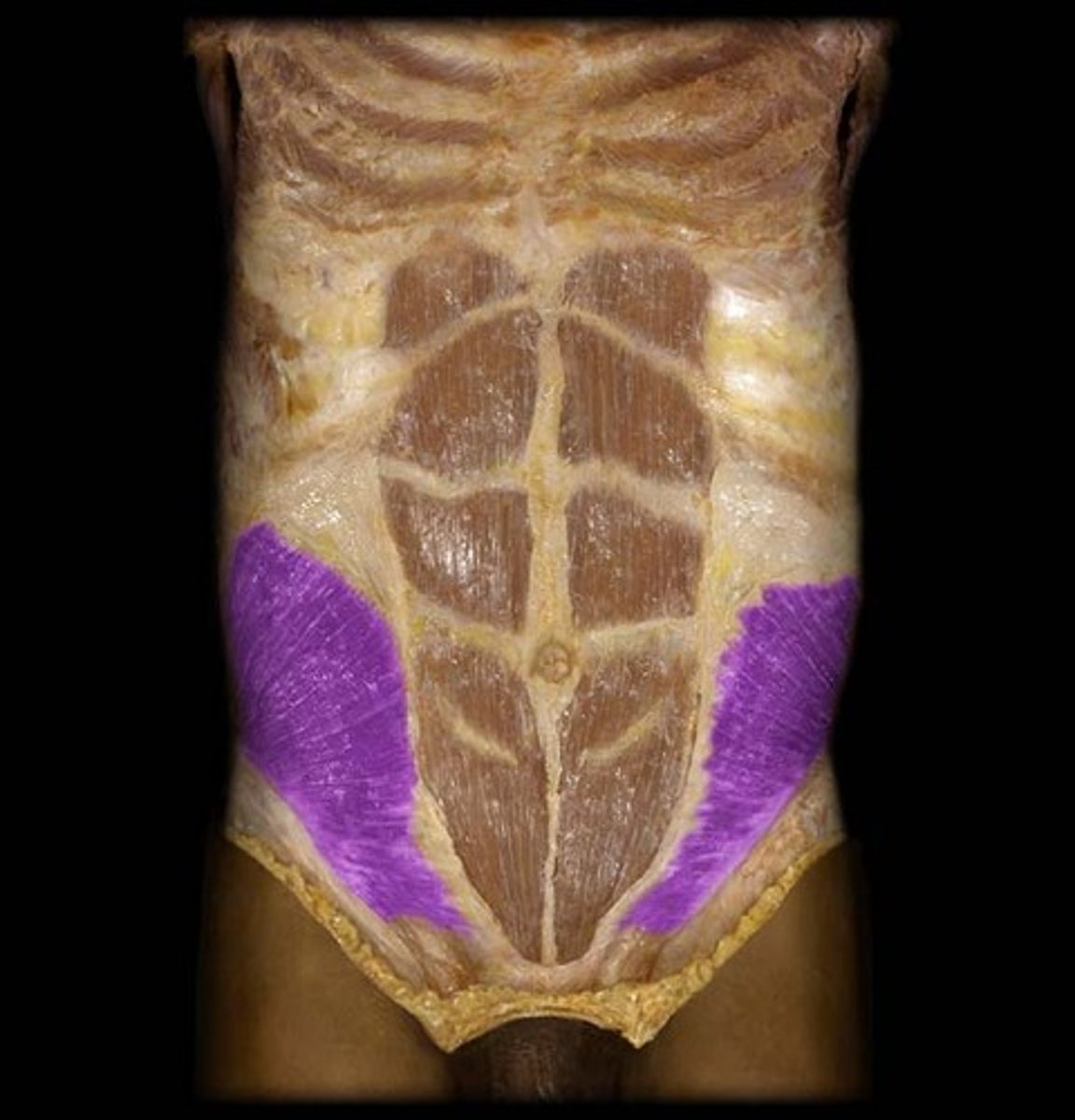
Transverse abdominis. Maintains core stability and posture, spine stability
muscle and function
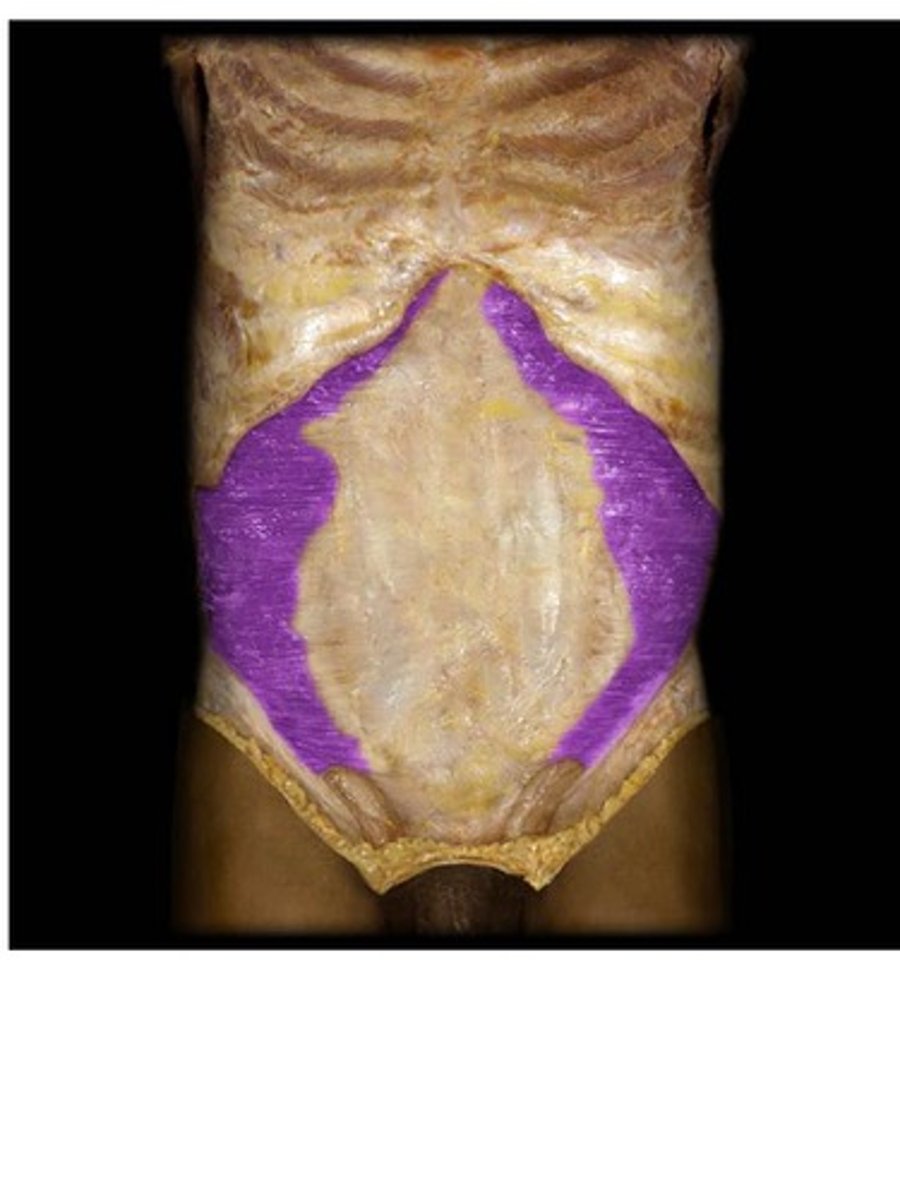
Rectus abdominis. maintaining posture and supporting the abdominal wall.
muscle and function
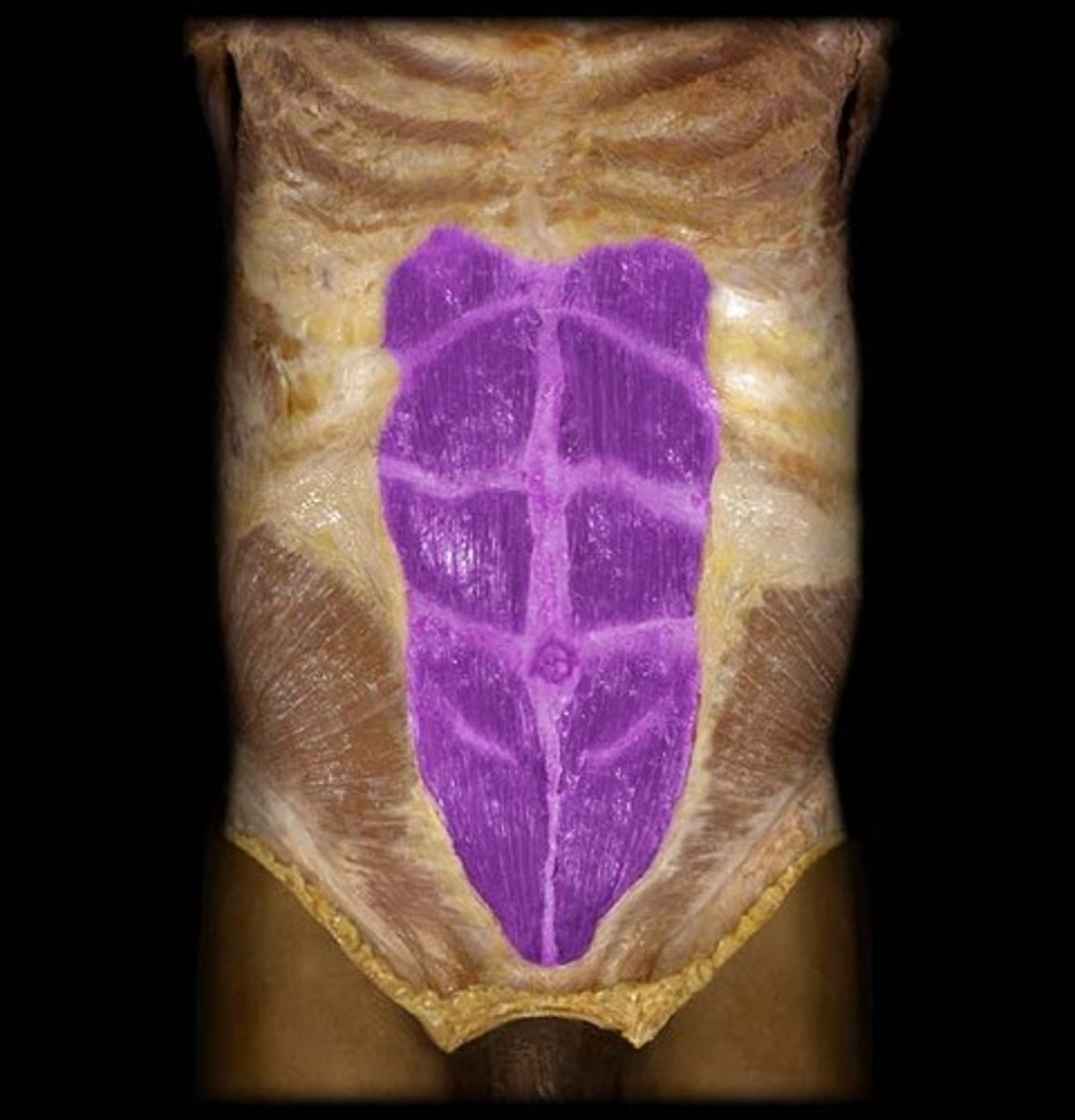
Inguinal ligament. forms base of inguinal canal, allows for passage of structures like spermatic cord in males and round ligament in females.
muscle and function
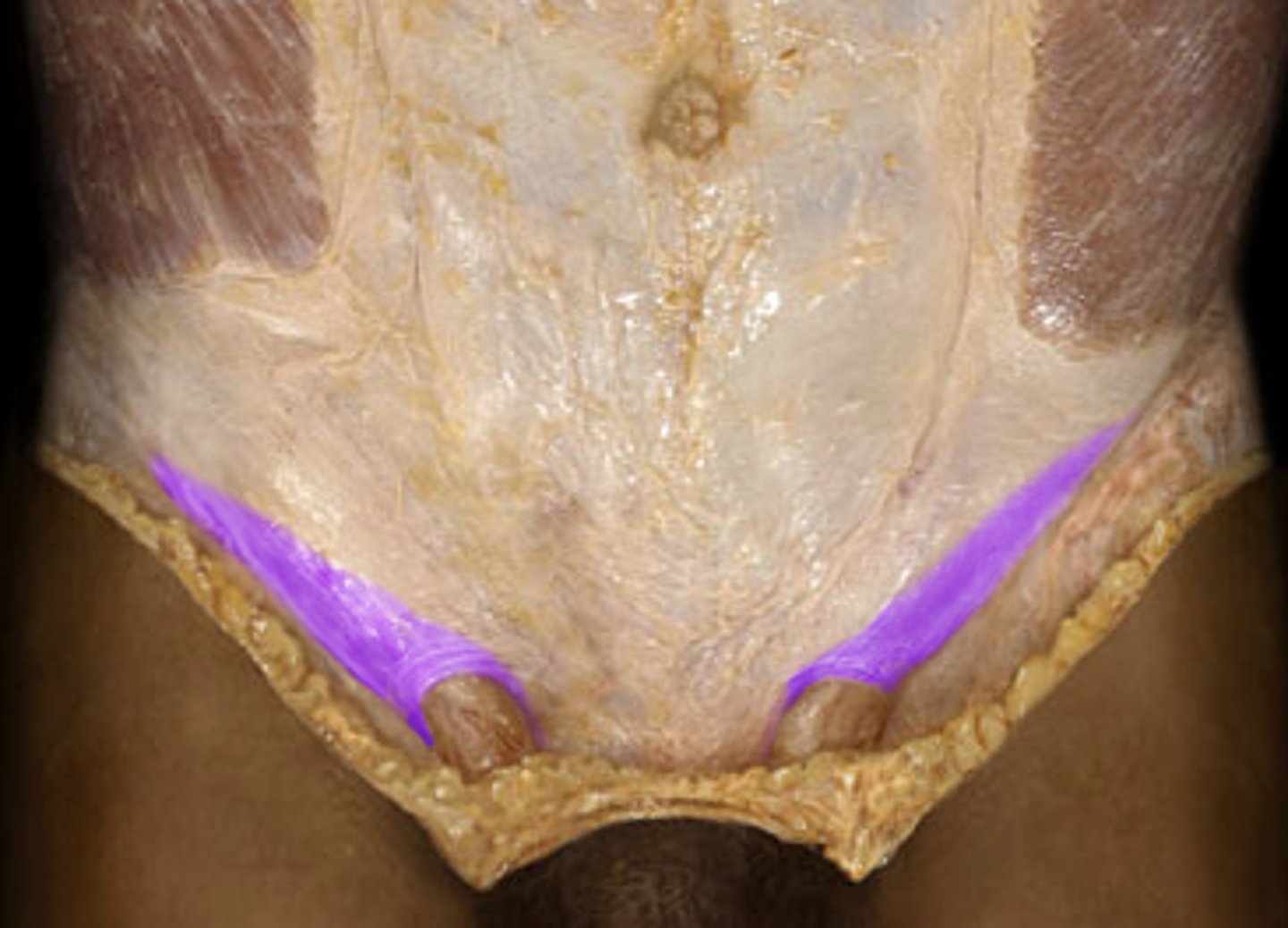
deltoid. Shoulder movement, essential for lifting, reaching, and throwing.
muscle and function

Pectoralis major. Shoulder movement, essential for actions like pushing and lifting
muscle and function
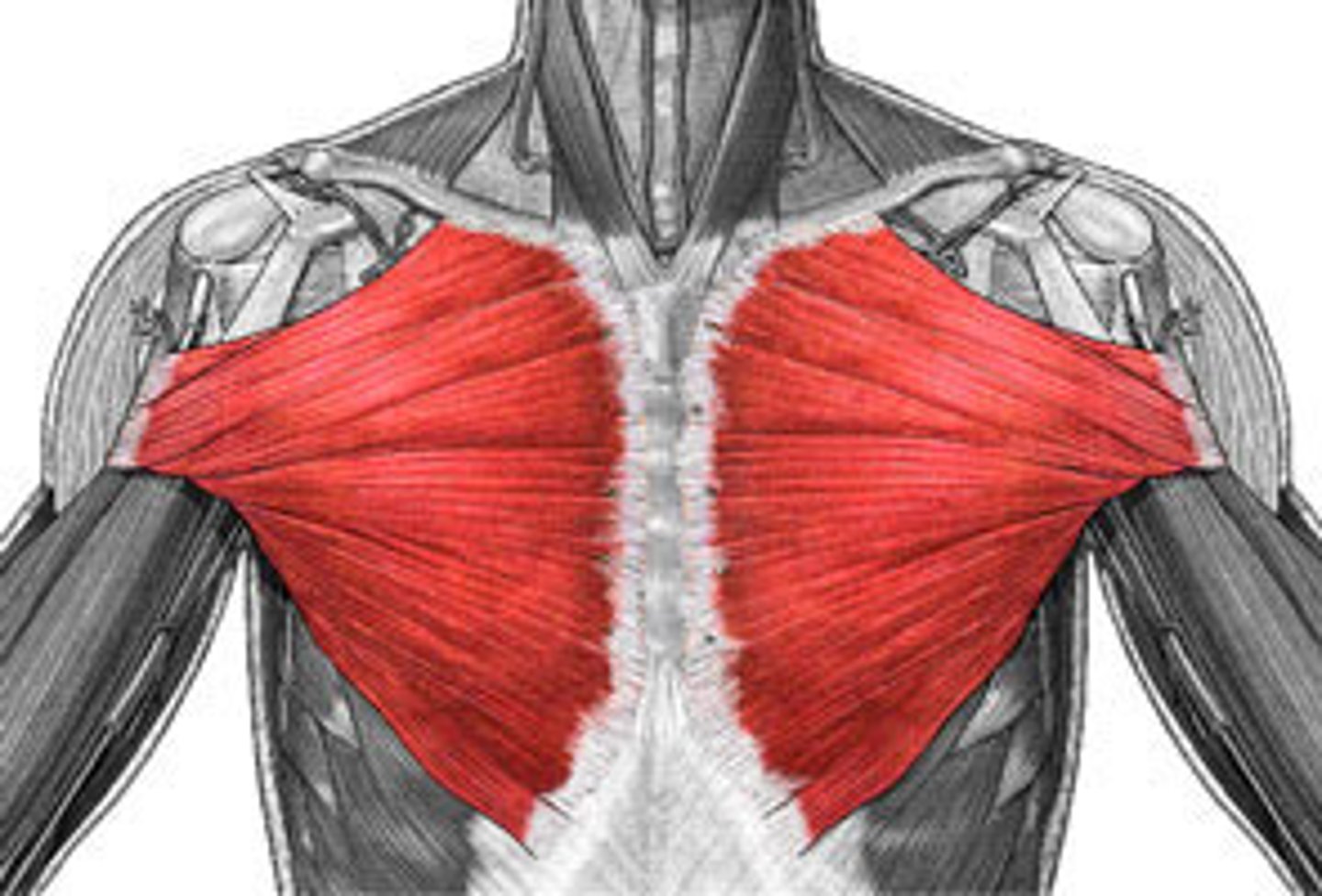
Latissimus dorsi. essential for movements such as pulling and lifting the arms down and back.
muscle and function
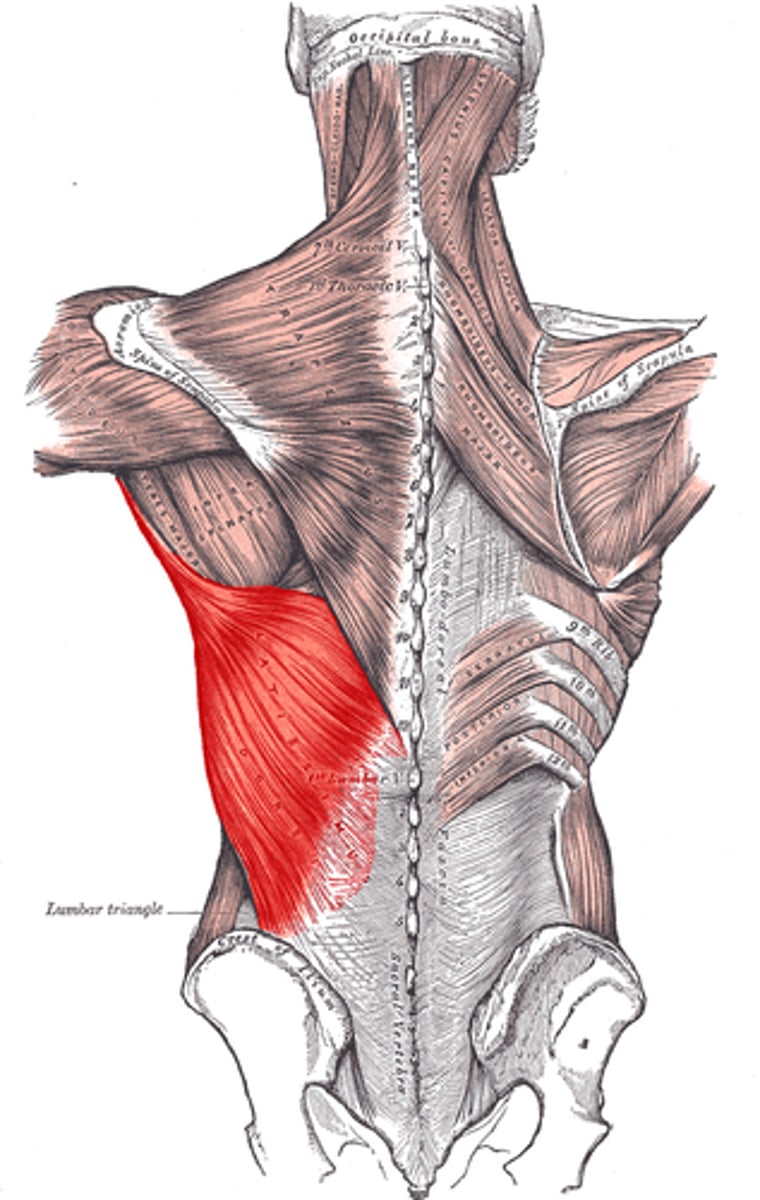
Biceps brachii (short heads). Essential for turning the palm upward, and flexing elbow
muscle and function (short)

biceps brachii (long heads). Helps with turning hands, flexing elbow, and stabilization
muscle and function (long)
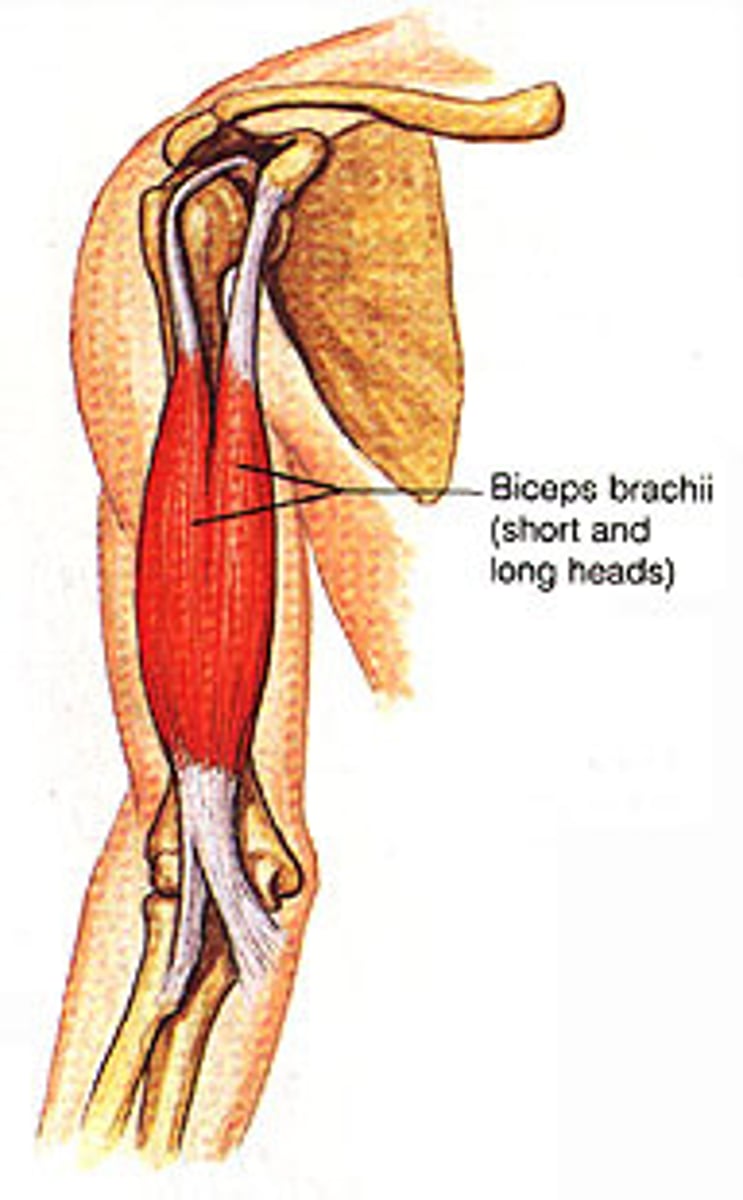
Rhomboid major. retracting and elevating the scapula
muscle and function

Subscapularis of rotator cuff. internal rotation of the humerus, stabilizes shoulder joint by keeping head of humerus firmly positioned in glenoid cavity.
muscle and function
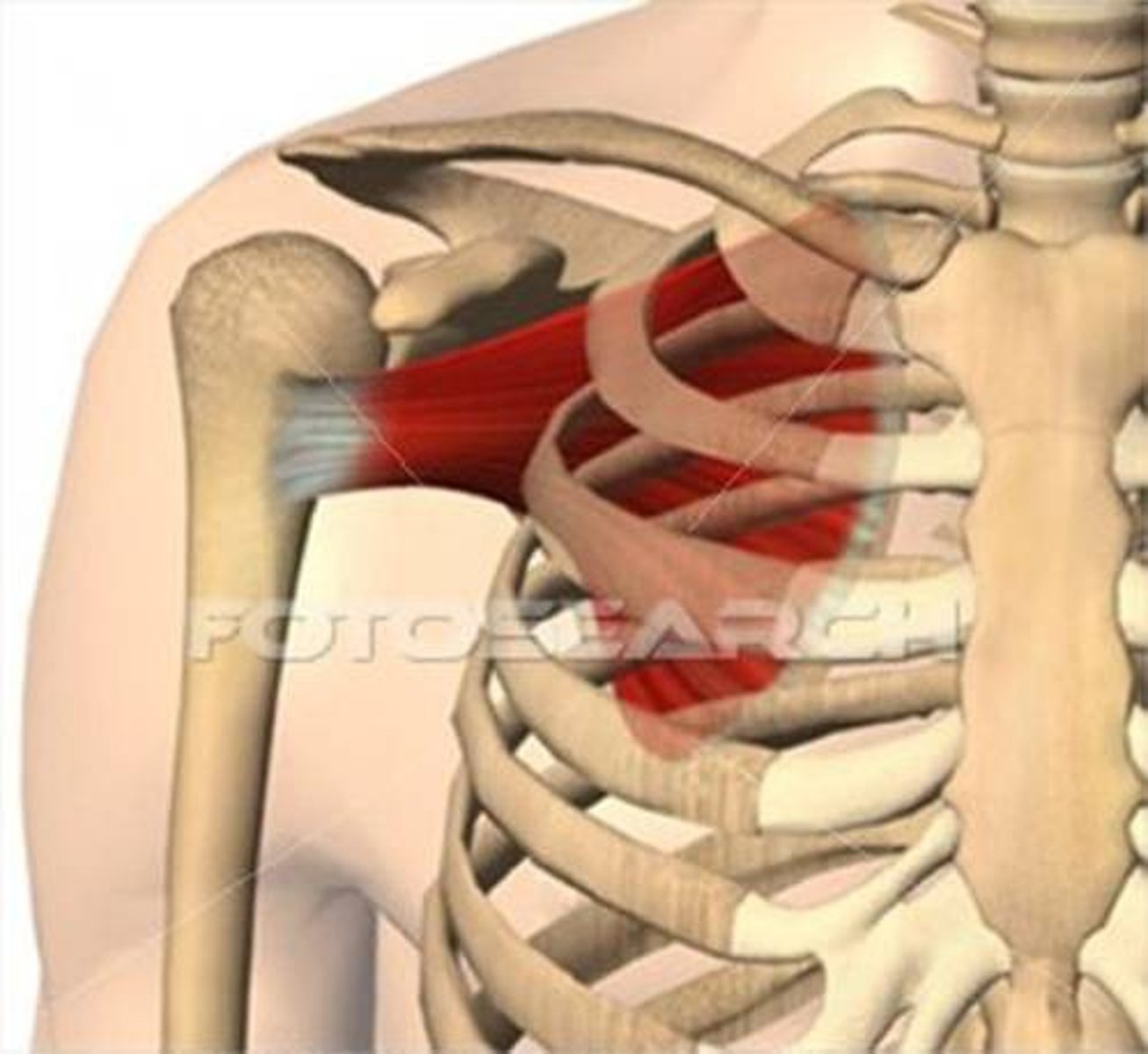
Supraspinatus of rotator cuff. initiate abduction of the arm (lifting the arm away from the body)
muscle and function
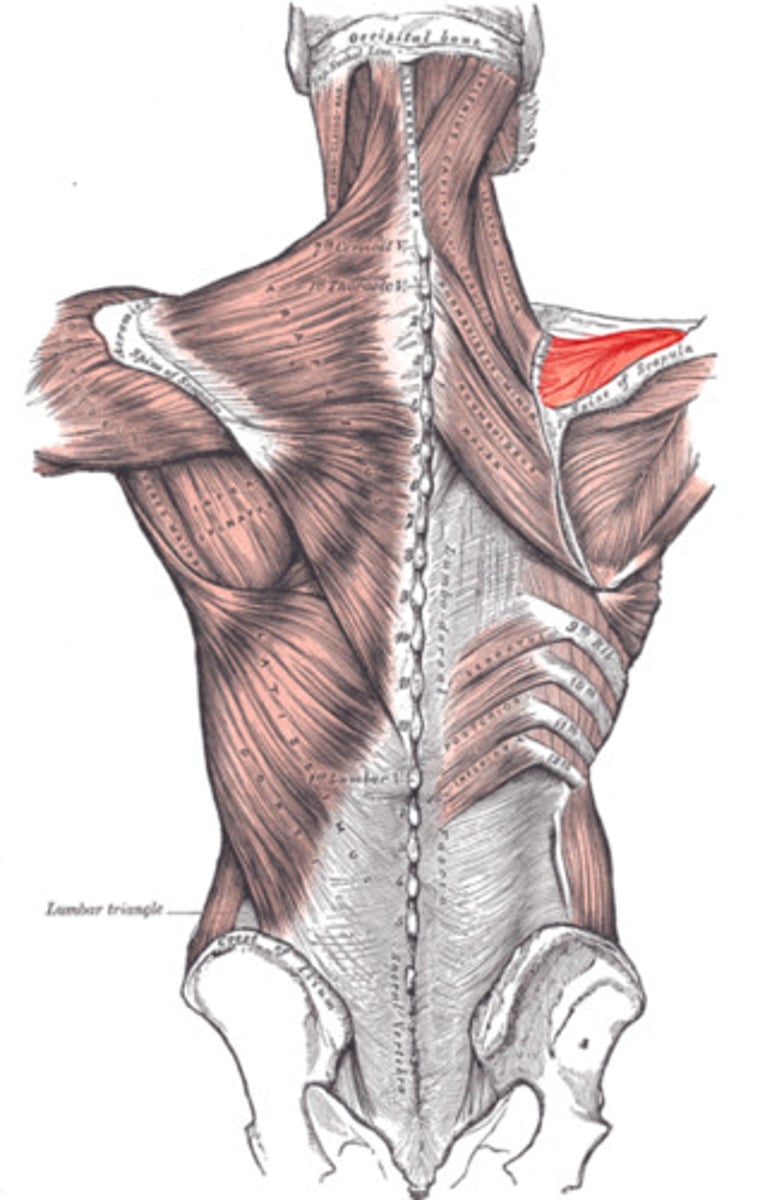
Infraspinatus of rotator cuff. externally rotate the humerus, stabilizes shoulder joint by keeping head of humerus firmly positioned in glenoid cavity.
muscle and function
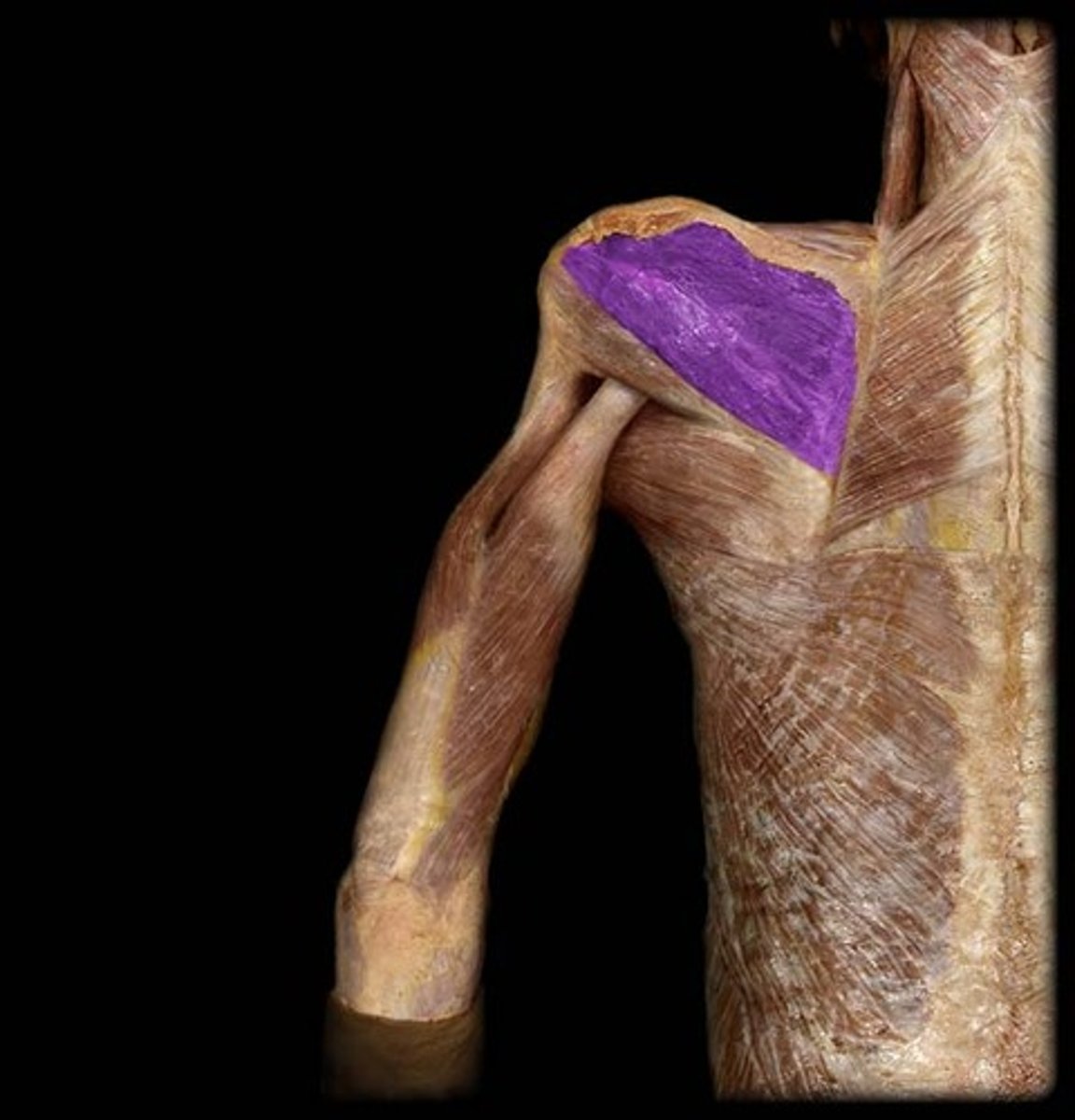
Teres minor of rotator cuff. externally rotate the humerus, stabilizes shoulder joint by keeping head of humerus firmly positioned in glenoid cavity.
muscle and function

triceps brachii long head. stabilizing the shoulder joint during arm movements, extend elbow
muscle and function. (long)
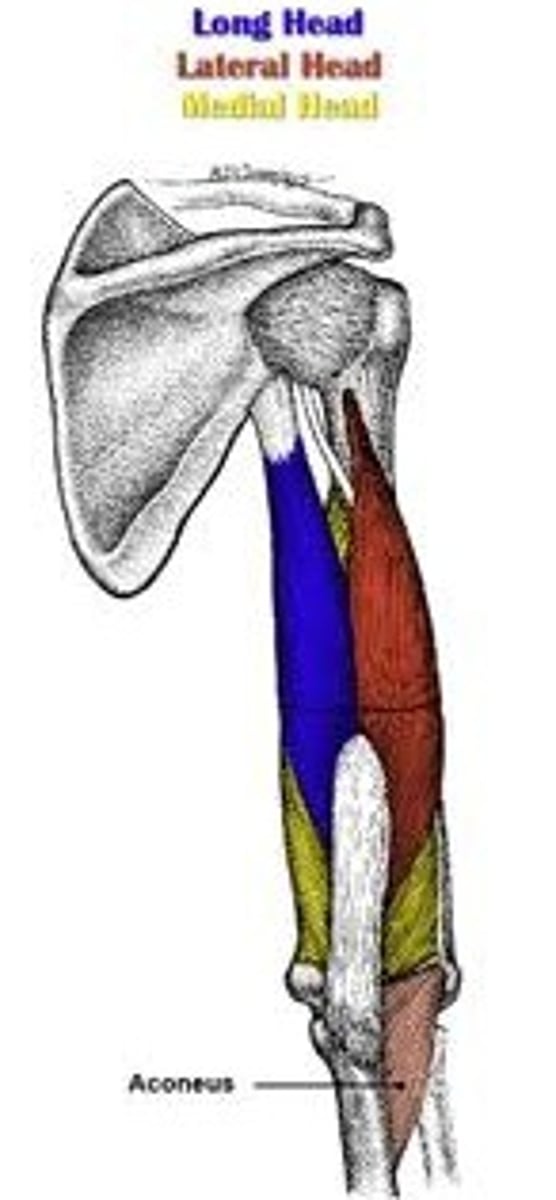
triceps brachii lateral head. extends the elbow (particularly during forceful movements) and contributes to overall strength of triceps
muscle and function (lateral)
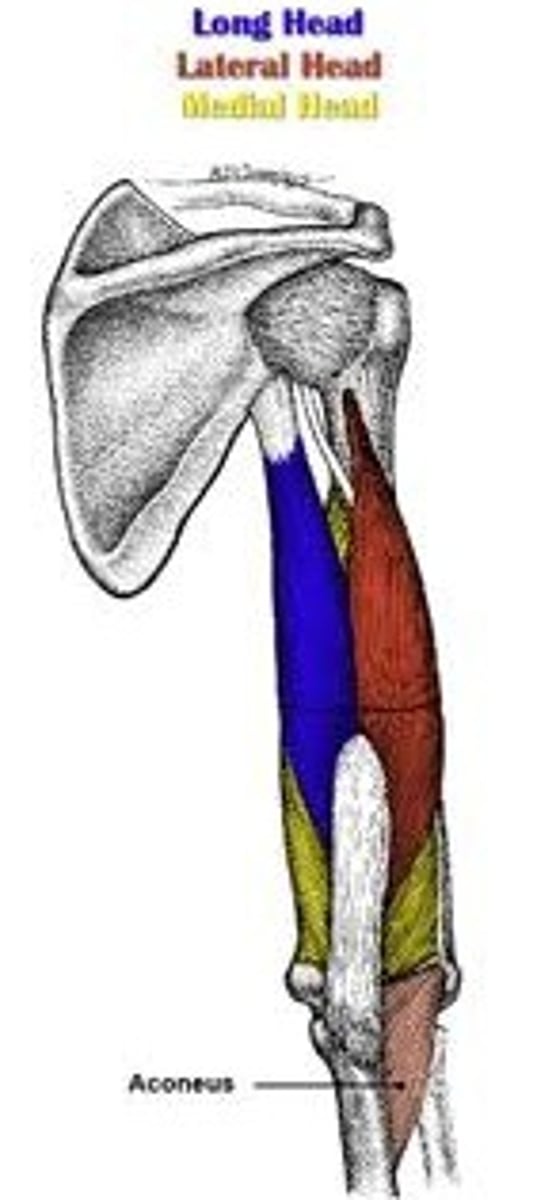
triceps brachii medial head. assists in elbow extension, particularly when the arm is in a flexed position
muscle and function (medial)

Gluteus maximus. extend and externally rotate the hip joint, stabilization
muscle and function
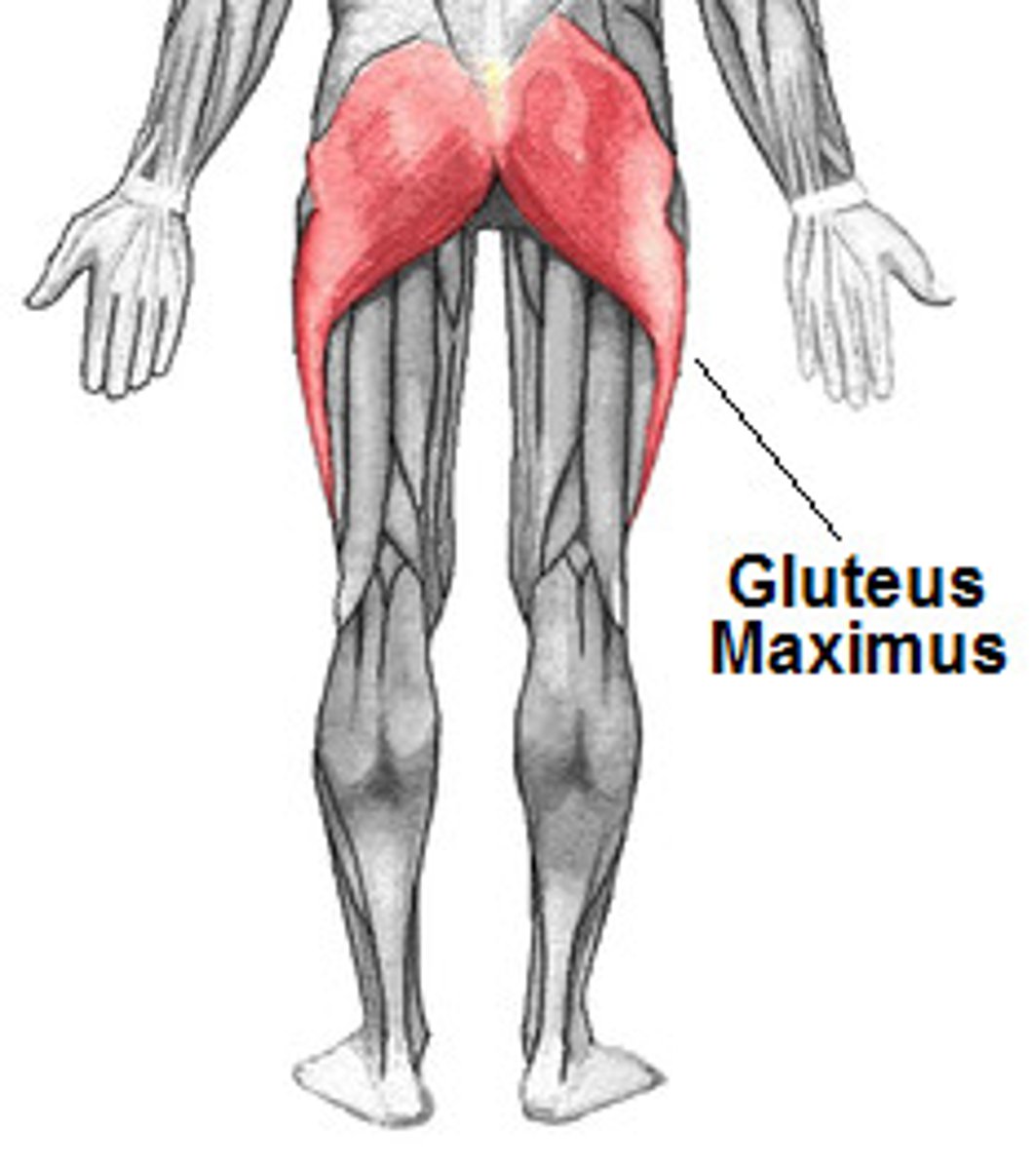
gluteus medius. abduct the thigh (move it away from the body), stabilize the pelvis during movement.
muscle and function
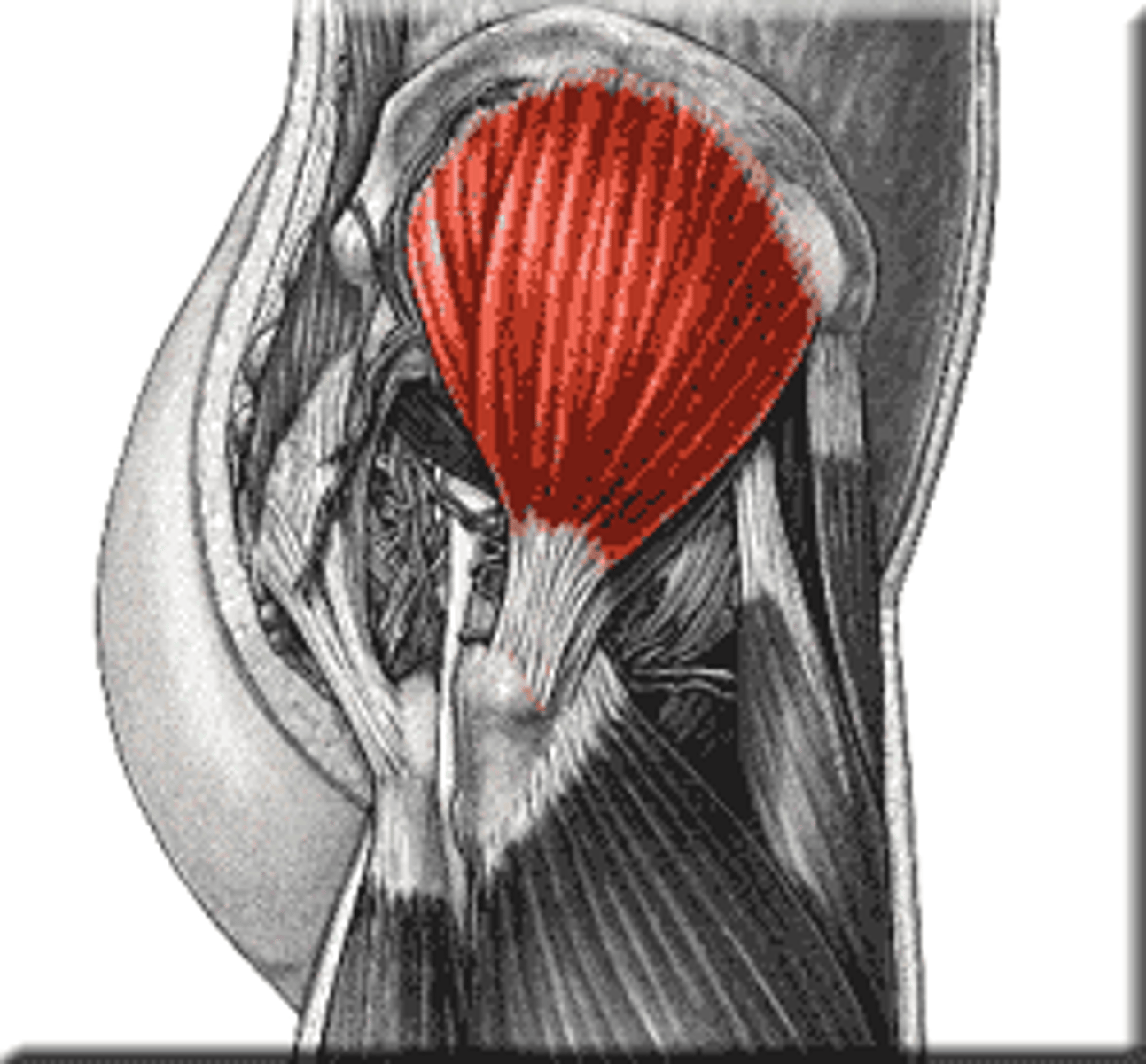
Sartorius. flex, abduct, and externally rotate the hip, as well as to flex the knee
muscle and function

Vastus lateralis. stabilizing the patella during movement
muscle and function
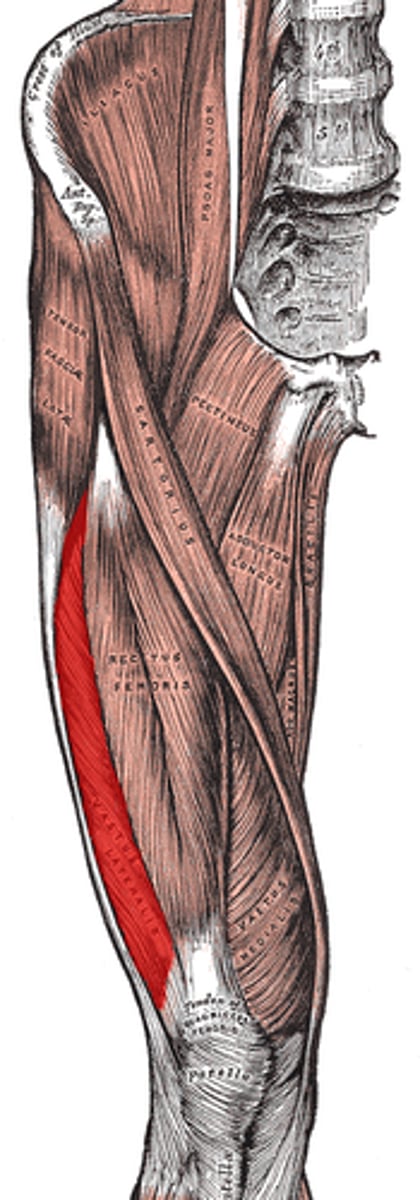
Vastus medialis. stabilizing the patella during knee movements, important for activities that involve knee stability, such as squatting and climbing.
muscle and function
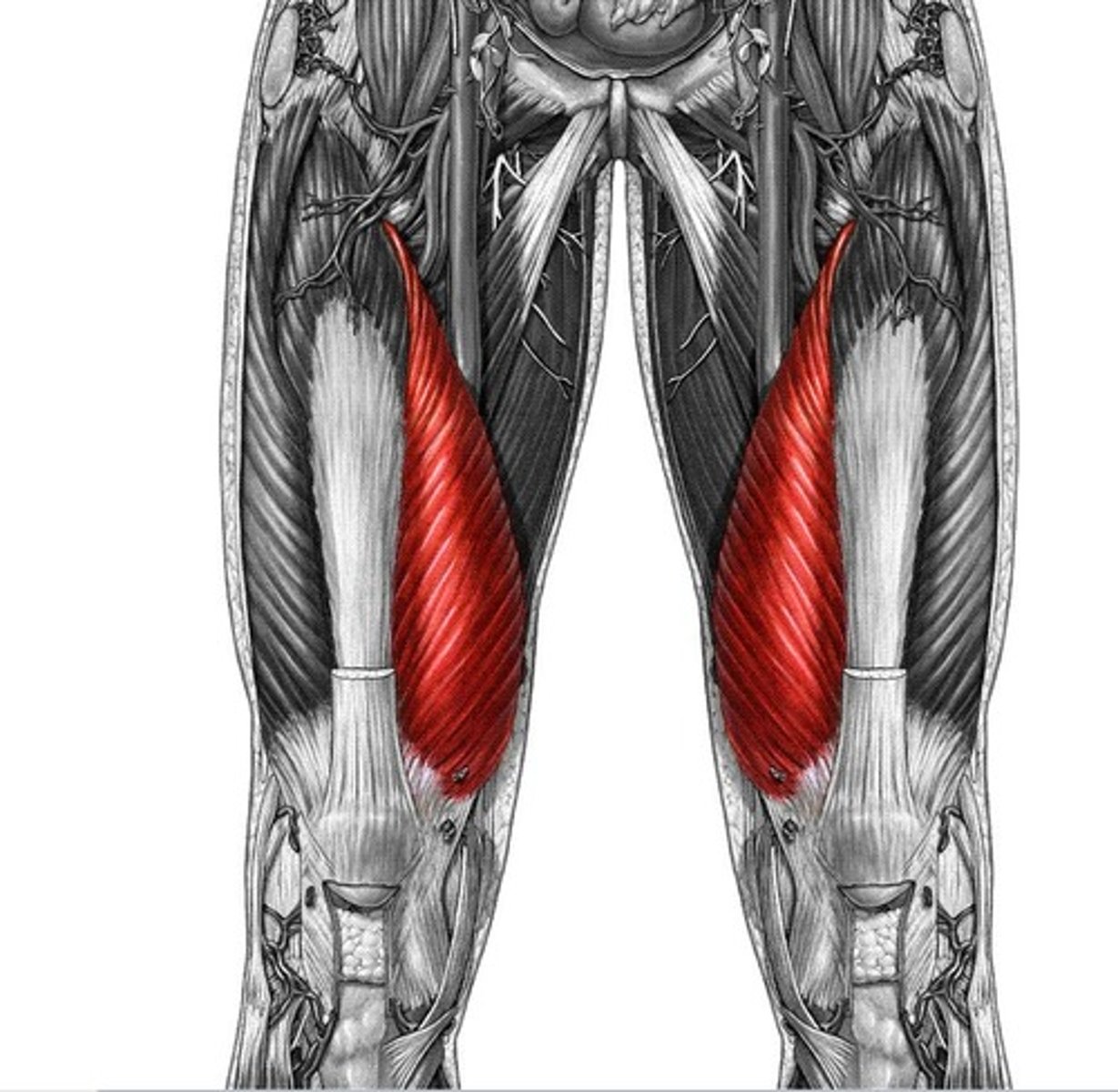
Vastus intermedius. Extending the knee, supporting overall strength and stability of quadriceps
muscle and function
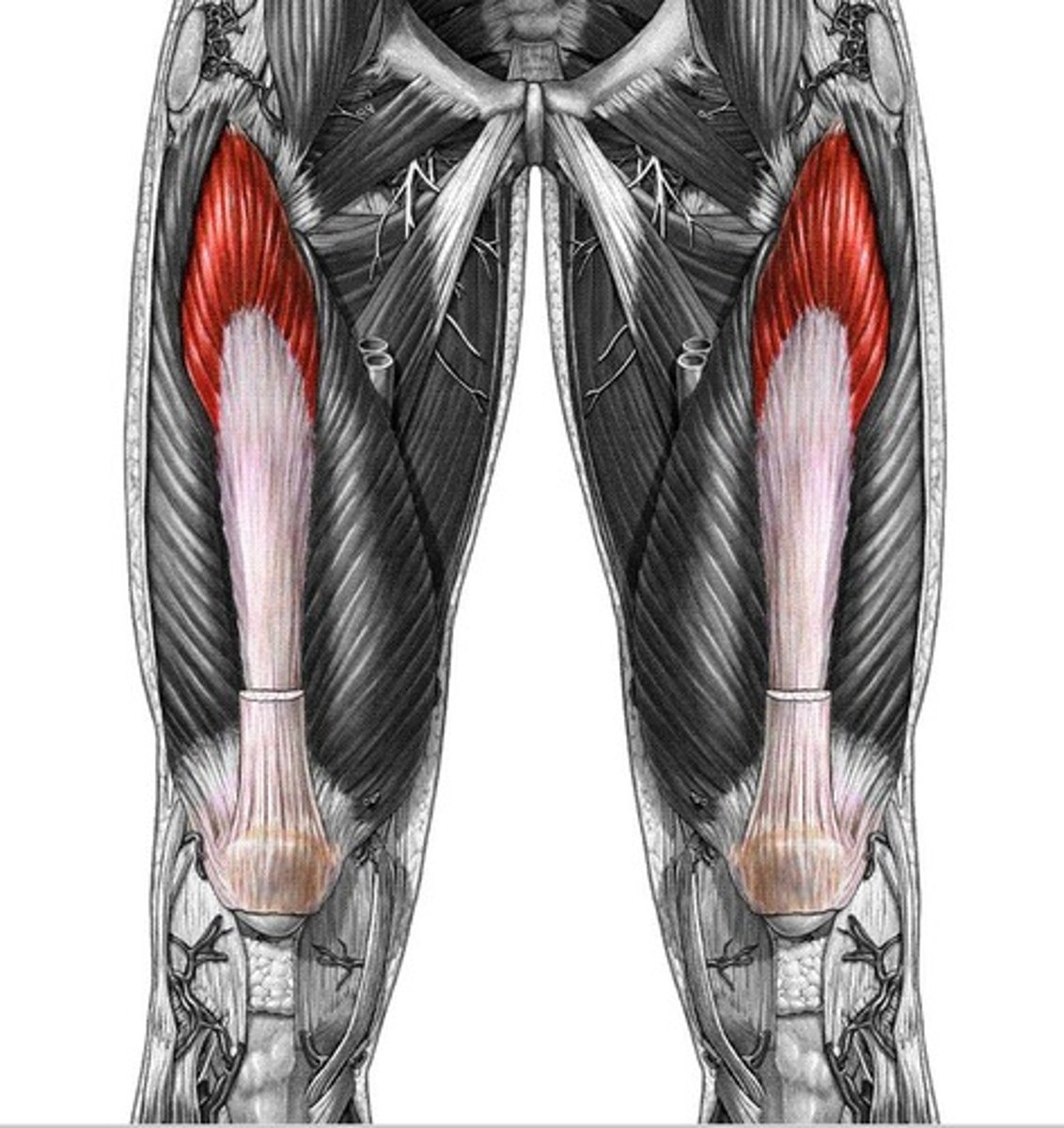
Rectus femoris. extend the knee and to flex the hip.
muscle and function

Biceps femoris. flex the knee and extend the hip, also externally rotate the knee when it is flexed
muscle and function

Semimembranosus. flex knee, extend hip, and medially rotate the tibia when the knee is flexed
muscle and function
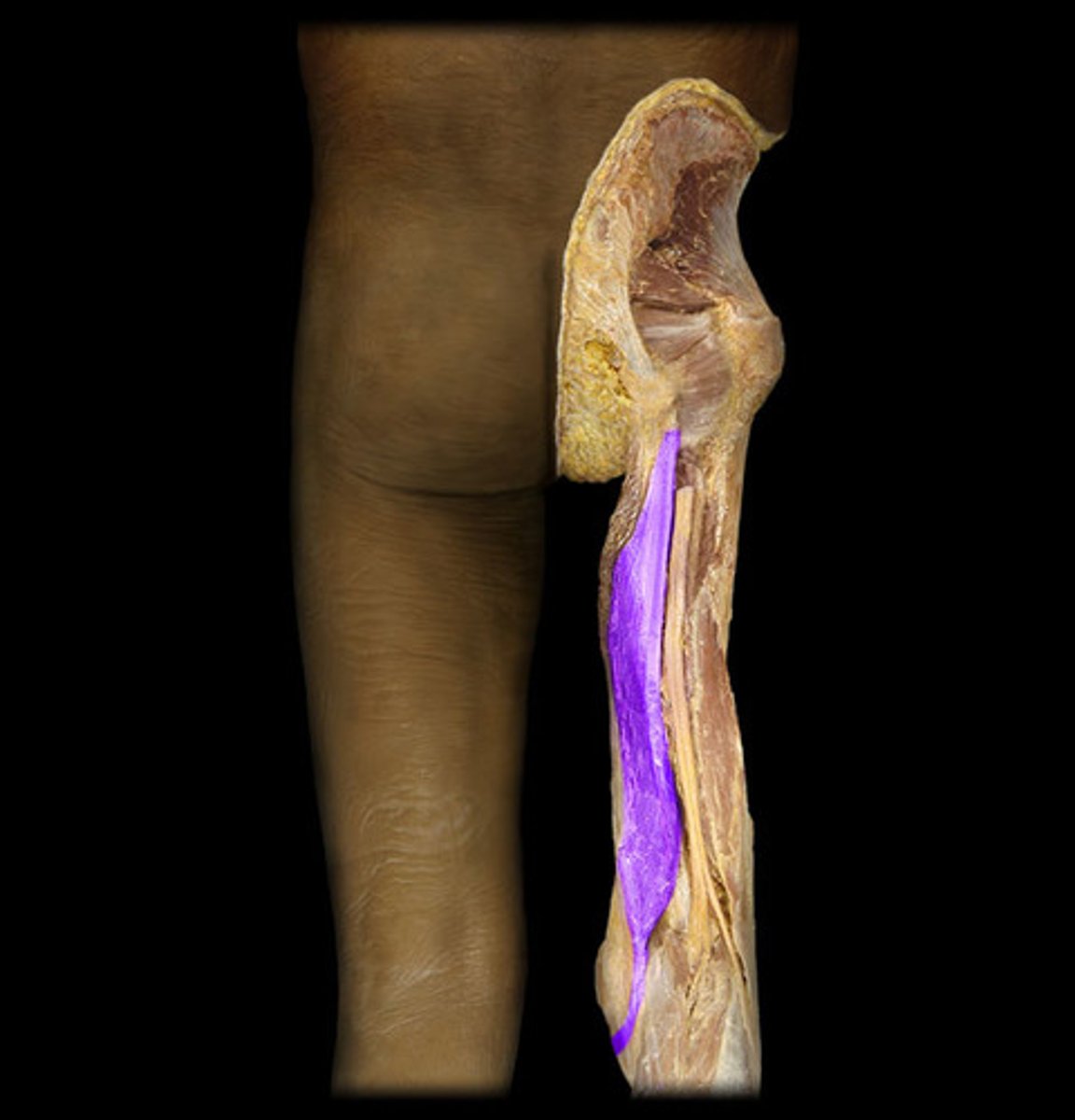
Semitendinosus. flex knee, extend hip, and medially rotate the tibia when the knee is flexed
muscle and function

Iliotibial tract (IT band). stabilize the knee during movement
muscle and function

Soleus. resposible for plantarflex (top of foot points away from leg), allowing for movements such as standing on tiptoe, walking, and running
muscle and function
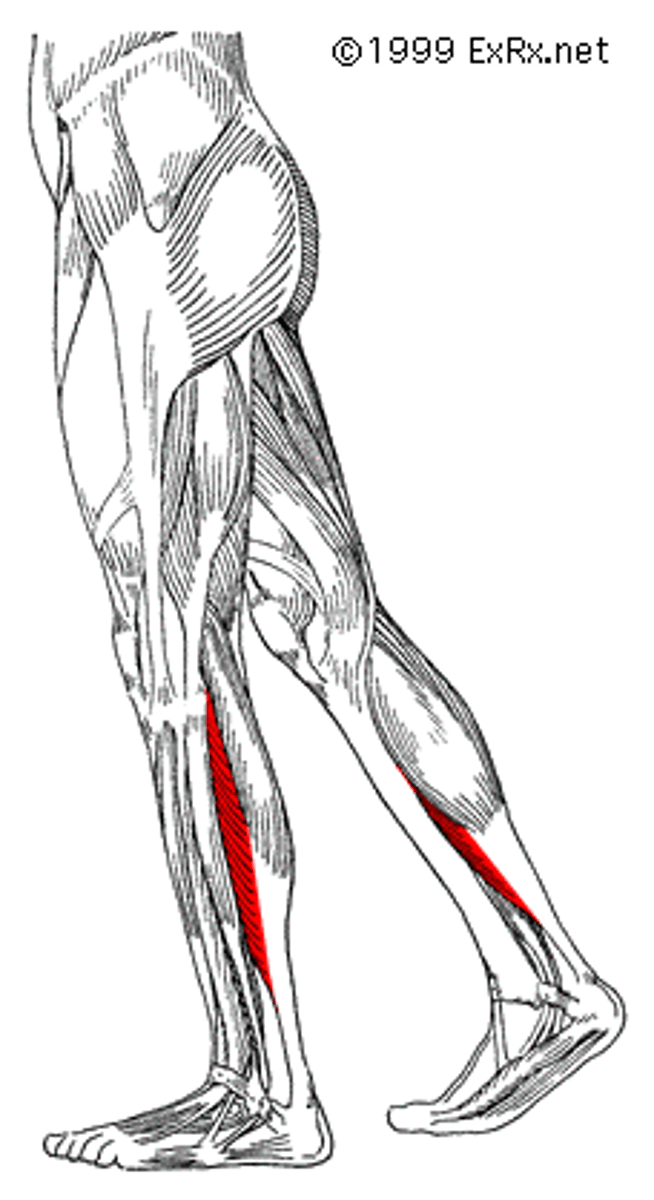
Gastrocnemius. plantarflex the foot at the ankle joint and flex the knee.
muscle and function
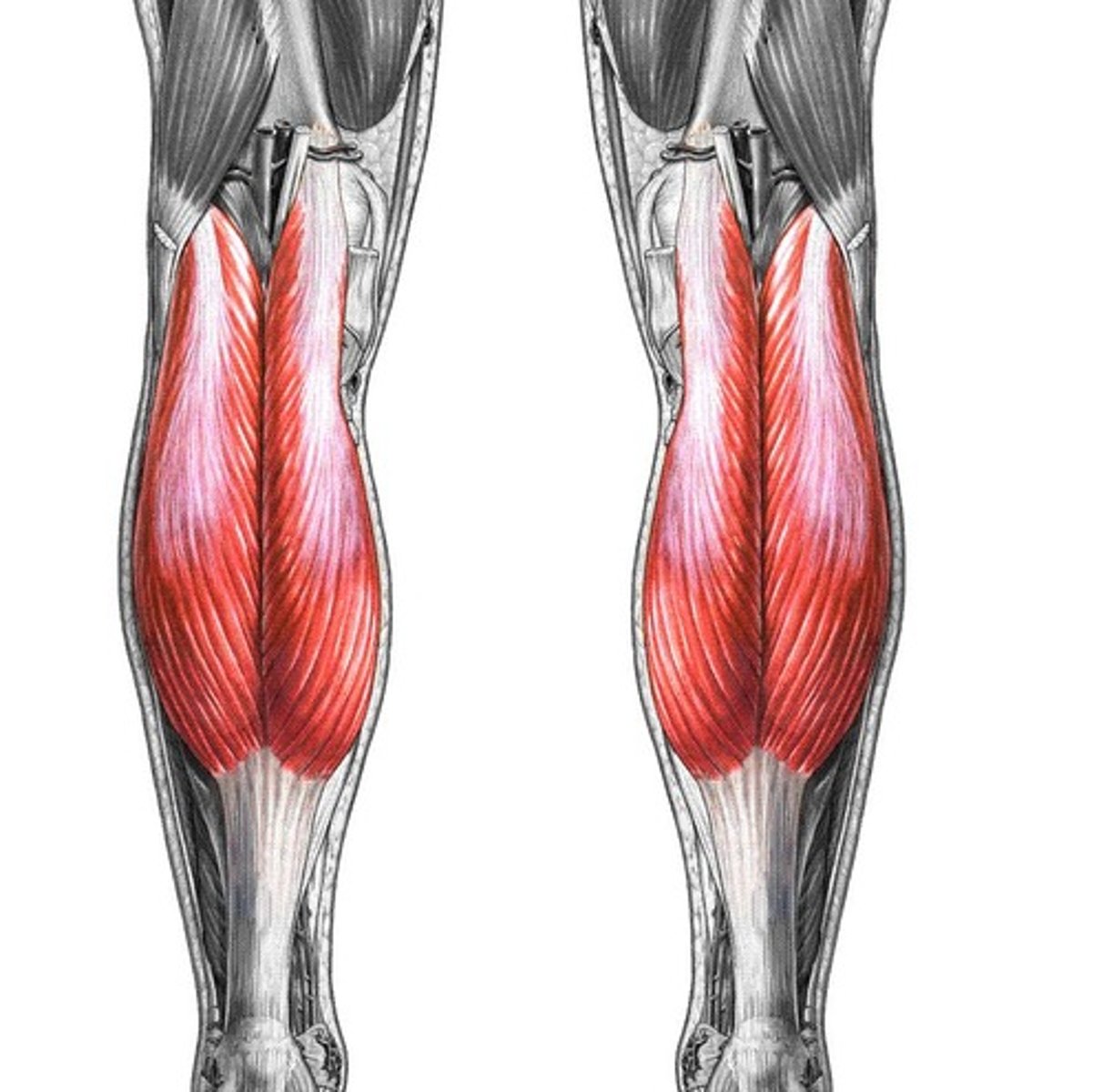
Tibialis anterior. primary functions are to dorsiflex the foot (lifting the toes upward) and invert the foot (turning the sole inward)
muscle and function
